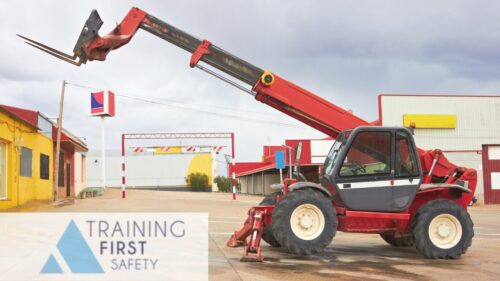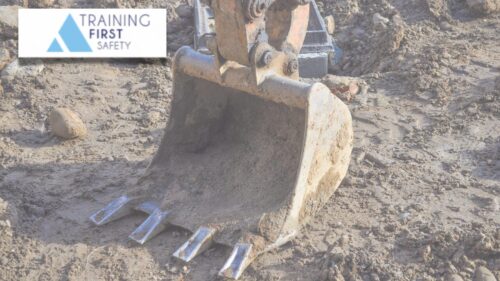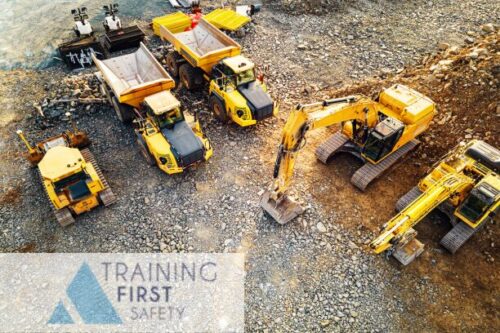Overview
Whether you’re a novice or have some basic working knowledge, this N010 telehandler training course will provide you with all you need to know in order to operate a telehandler forklift truck safely. Through a combination of theory and practical learning, anyone attending this course will leave with a solid understanding of:- Current legislation related to the industry
- Common hazards associated with heavy plant machinery
- Health and safety best practice
- Your role and responsibilities as a telehandler forklift truck operator
- The manufacturer’s handbook for the specific machine you’ll be operating
- Understanding the machine: locating controls and components and explaining their functions
- Mount and dismount safely
- Carry out pre-operational checks
- Be able to start the engine, move off, manoeuvre to the work area and stop safely
- Configure the telescopic handler for travel
- Understand the complexities of travelling over different terrain, including hills, inclines, rough surfaces, confined spaces and open areas
- Safely manoeuvre when laden and unladen
- Ensure the work area is safe
- Configure the machine for lifting and load handling tasks
- Carry out a range of lifting and load handling tasks safely
- Safely fit and adjust a range of attachments, understand their purpose and safely remove them
- External transport and machine transportation: Explain load and unload procedures
- Carry out end of shift and shut down procedures



